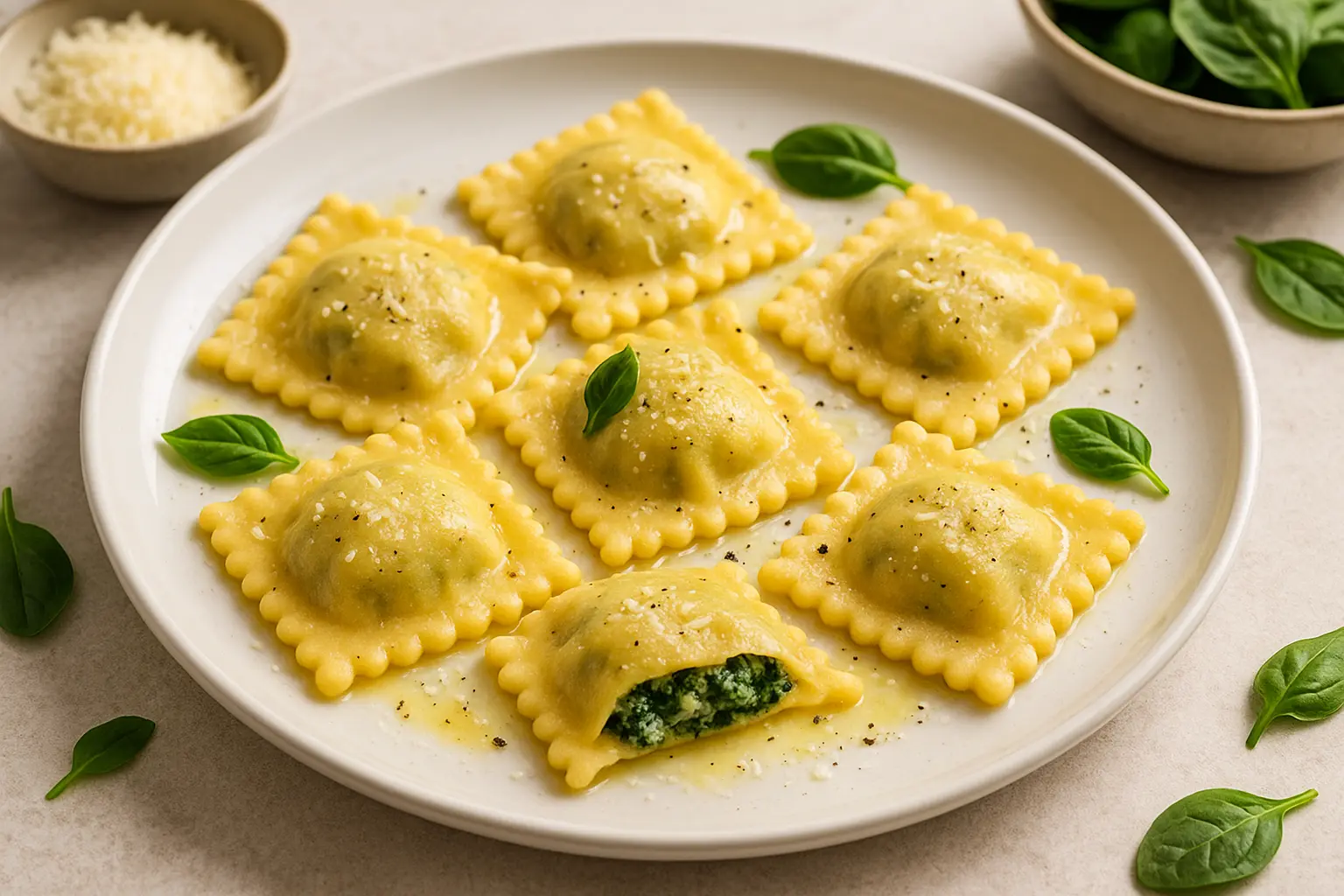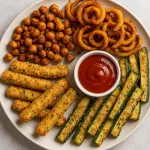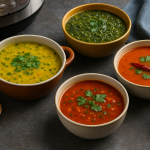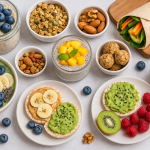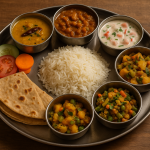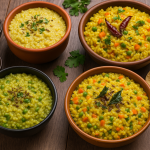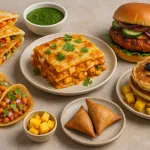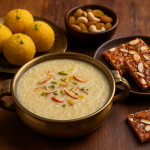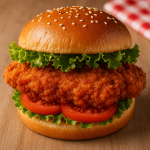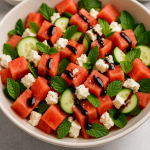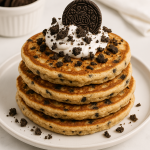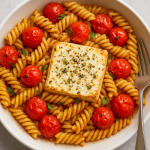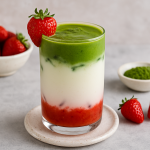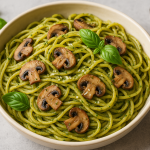For many, Indian cuisine conjures images of aromatic curries, fluffy naan, fragrant biryanis, and indulgent sweets dripping with syrup. But for people managing diabetes, the richness and carb content in many traditional Indian dishes may feel off-limits. Thankfully, with the right ingredients, cooking methods, and mindful tweaks, Indian food can become both deeply satisfying and diabetes-friendly.
This guide explores how to create wholesome Indian meals that manage blood sugar without losing the flavors and comfort Indian cooking is famous for. Whether you’re preparing dinner for yourself or your family, these recipes and ideas balance tradition with nutrition.

1. Understanding Diabetes & Indian Food
Before diving into recipes, it’s important to understand how different elements of Indian cuisine interact with blood sugar.
1.1. Carbs and Blood Sugar
- High-carb foods in Indian cuisine include white rice, refined flour (maida), potatoes, and sweets made with sugar or condensed milk.
- These foods can cause spikes in blood glucose.
1.2. Healthier Substitutions
- Swap white rice → brown rice, quinoa, or millets (foxtail, barnyard, pearl millet).
- Replace maida rotis → whole wheat, ragi (finger millet), or multigrain flour.
- Use natural sweeteners like stevia or dates in moderation instead of refined sugar.
1.3. Role of Spices
Indian spices are not just flavor enhancers—they often support blood sugar management:
- Turmeric: anti-inflammatory, supports insulin sensitivity.
- Fenugreek (methi): lowers post-meal glucose spikes.
- Cinnamon: helps regulate blood sugar.
- Cumin & coriander: aid digestion and prevent bloating.
2. Building a Diabetic-Friendly Indian Plate
Think of the plate as a balance of protein, fiber, healthy fats, and complex carbs.
- ¼ Plate Protein: lentils, chickpeas, paneer, tofu, chicken, or fish.
- ¼ Plate Whole Grains: roti (ragi, multigrain), brown rice, or quinoa.
- ½ Plate Vegetables: leafy greens, gourds, beans, and cruciferous veggies.
- Healthy fats: a drizzle of mustard oil, ghee in moderation, or nuts/seeds.
This plate keeps you full, prevents sugar spikes, and aligns with traditional Indian thali eating patterns.
3. Breakfast Options
3.1. Moong Dal Chilla (Lentil Pancakes)
- Made with soaked moong dal ground into a batter.
- Rich in protein and fiber.
- Can be stuffed with chopped vegetables like spinach, carrots, and onions.
3.2. Vegetable Upma with Rava Alternatives
- Instead of traditional semolina (rava), try oats or broken wheat (daliya).
- Add non-starchy vegetables like beans, capsicum, carrots, and spinach.
3.3. Besan Cheela with Mint Chutney
- Chickpea flour (besan) is low-GI and high in protein.
- Serve with a fresh mint-coriander chutney (no sugar added).
4. Lunch & Dinner Recipes
4.1. High-Protein Lentil Dals
Lentils are staples in Indian cuisine and excellent for diabetics due to their slow-digesting carbs and high fiber.
Masoor Dal with Spinach
- Masoor (red lentils) cooked with tomatoes, garlic, and spinach.
- A light tempering with cumin and turmeric enhances flavor without excess oil.
Toor Dal with Methi
- Yellow pigeon peas combined with fresh fenugreek leaves.
- Fenugreek’s natural compounds support blood sugar control.
4.2. Wholesome Curries
Lauki Chana Dal Curry
- Bottle gourd (lauki) paired with chana dal (Bengal gram).
- Low in calories, high in protein, and perfect for weight management.
Palak Paneer (Lightened)
- Instead of heavy cream, use blended cashews or low-fat yogurt.
- Rich in calcium, iron, and protein while keeping carbs low.
Chicken Curry with Cauliflower Rice
- Skip potato-based curries and replace with cauliflower for bulk without carbs.
- Cooked with spices, tomatoes, and minimal oil.
4.3. Healthy Roti & Rice Alternatives
- Ragi Roti: made from finger millet flour, packed with calcium and low GI.
- Multigrain Chapati: mix wheat, oats, barley, and soy flour.
- Quinoa or Foxtail Millet instead of white rice.
- Cauliflower Rice for those who want very low-carb alternatives.
4.4. Vegetable Dishes
Bhindi Masala (Okra Stir-Fry)
- Okra’s soluble fiber helps regulate glucose.
- Cooked with onions, tomatoes, and light spices.
Cabbage Sabzi
- Quick stir-fry with turmeric and mustard seeds.
- Pairs well with roti or dal.
Tinda Curry (Apple Gourd)
- Gentle on digestion, low in carbs, yet filling.
5. Snacks & Appetizers
- Sprout Chaat: moong sprouts, cucumbers, onions, lemon, and chaat masala.
- Roasted Makhana (Fox Nuts): lightly sautéed with ghee, turmeric, and pepper.
- Steamed Idlis made from ragi or oats batter.
6. Smart Indian Desserts
Diabetes doesn’t mean giving up sweets entirely—it means choosing smarter ones.
- Phirni with Stevia: made with almond milk and sweetened naturally.
- Carrot Halwa (Gajar ka Halwa) with less ghee, grated carrots, milk, and stevia instead of sugar.
- Fruit Yogurt Bowls: unsweetened yogurt with seasonal low-GI fruits like berries, apple slices, or guava.
7. Meal Planning Tips
7.1. Portion Control
Use smaller plates, measure rice servings, and avoid second helpings of carb-heavy foods.
7.2. Cooking Methods
- Prefer steaming, grilling, roasting, and sautéing.
- Avoid deep-frying and heavy cream gravies.
7.3. Eating Schedule
- Have smaller, balanced meals every 3–4 hours instead of large heavy ones.
- Avoid late-night carb-heavy dinners.
8. Weekly Sample Meal Plan
Day 1
- Breakfast: Moong dal chilla with chutney
- Lunch: Lauki chana dal curry + ragi roti
- Snack: Roasted makhana
- Dinner: Palak paneer + cabbage sabzi + multigrain chapati
Day 2
- Breakfast: Oats upma
- Lunch: Masoor dal + bhindi masala + quinoa
- Snack: Sprout chaat
- Dinner: Chicken curry + cauliflower rice + tinda curry
…and so on, rotating dals, curries, and sabzis for variety.
9. Lifestyle Add-Ons
- Exercise: Even a 30-minute walk post-meal helps regulate blood sugar.
- Hydration: Drink water and herbal teas, avoid sugary drinks.
- Mindful Eating: Chew slowly, enjoy each bite, avoid overeating.
10. Conclusion
Indian food doesn’t have to be restricted for diabetics. With whole grains, lentils, lean proteins, and vegetable-rich meals, you can enjoy comforting flavors while keeping blood sugar steady. By making small swaps—like millet instead of white rice, besan instead of refined flour, and spices instead of excess oil—you create dishes that are both delicious and diabetes-friendly.
Food is more than fuel—it’s culture, tradition, and joy. With mindful adjustments, diabetic-friendly Indian meals let you experience the best of Indian cuisine without compromising your health.
Leave a comment
Your email address will not be published. Required fields are marked *




